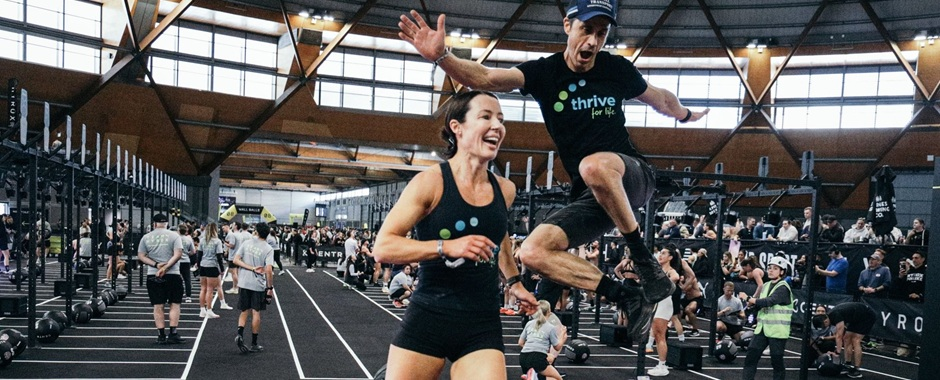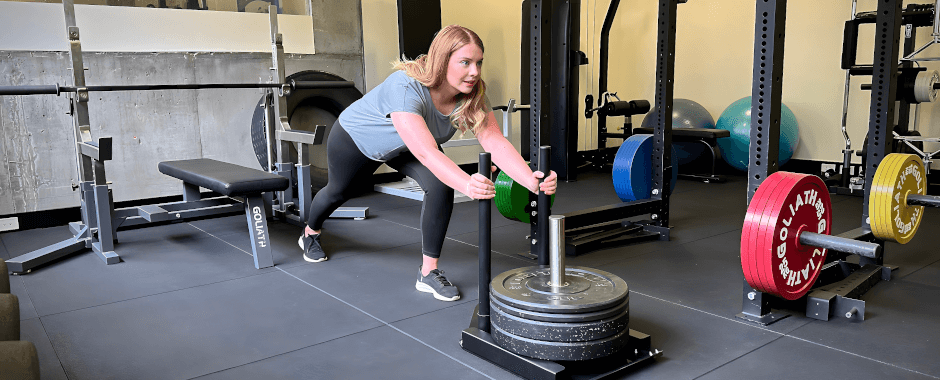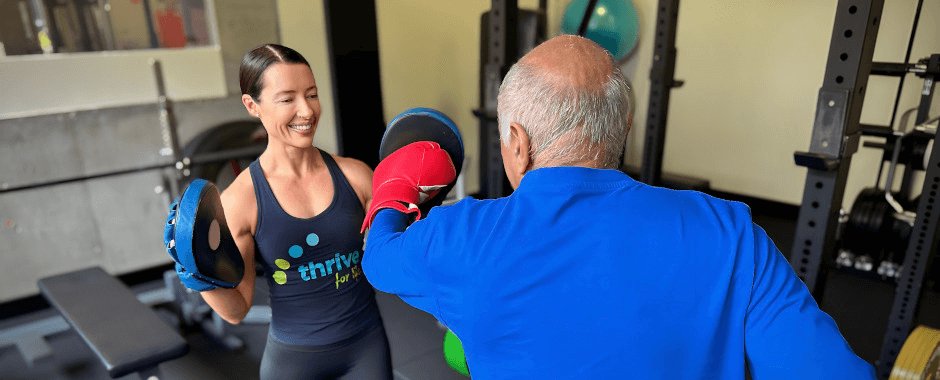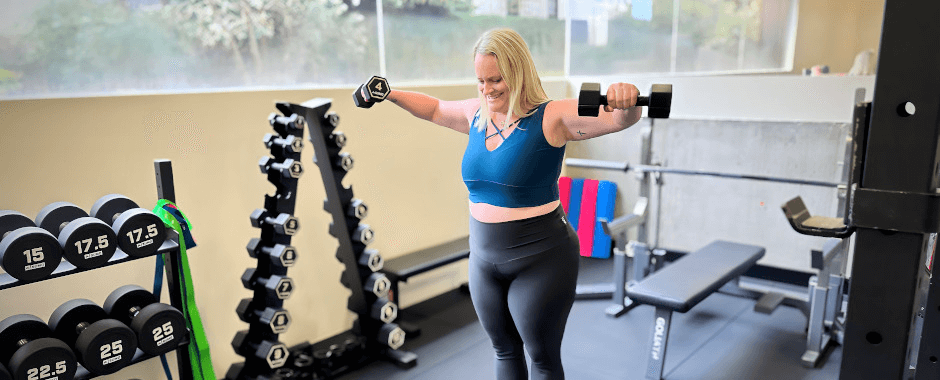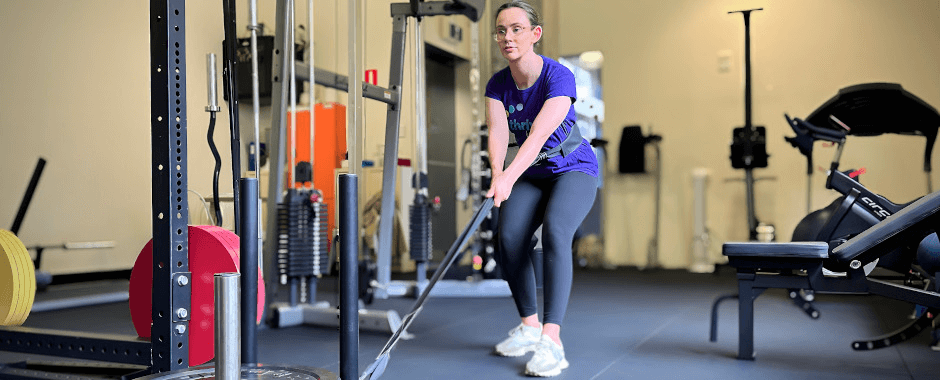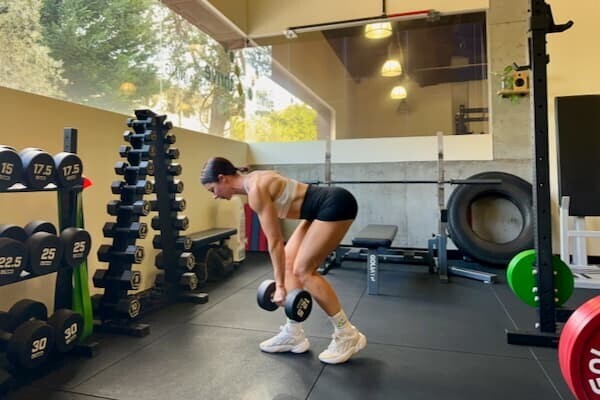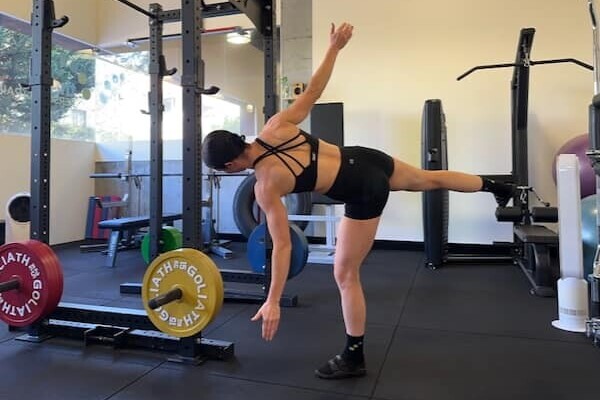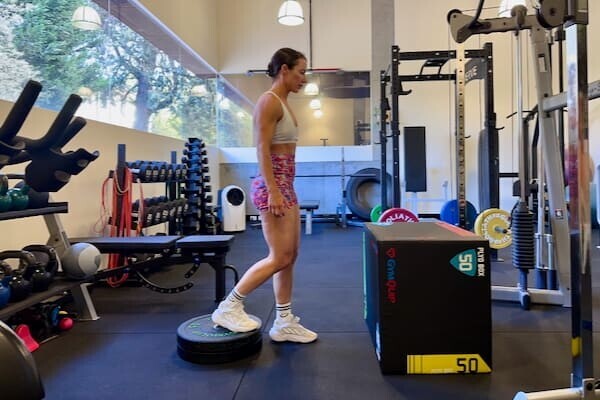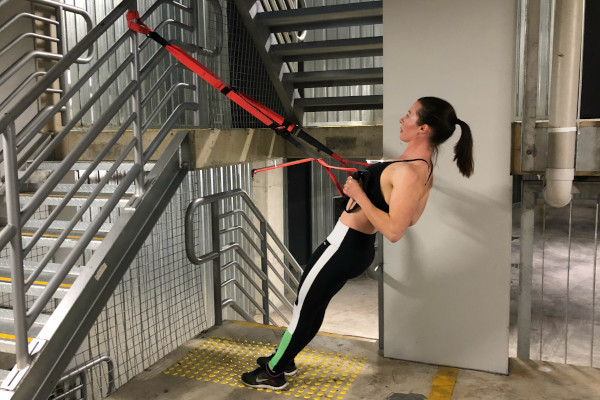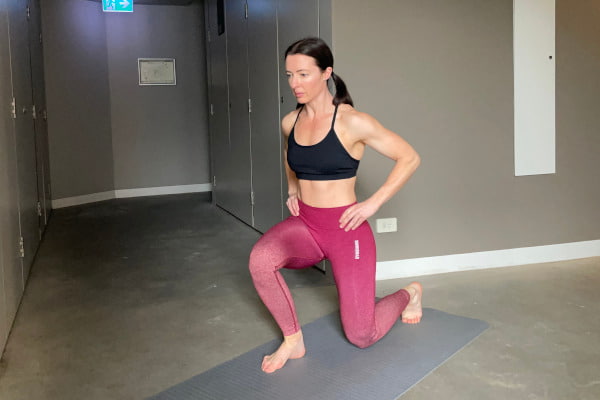Exercises
Programs
Testimonials
I have been training with Thrive for more than ten years. Megan plans a very personalized session for all her clients, is constantly researching the best approach for obtaining results and for different age groups ( she trains clients from teenagers to over eighty year olds). And she makes thrive pt feel like a family rather than only hard work, though there is that too.
(more) — Joan ten Brummelaar
